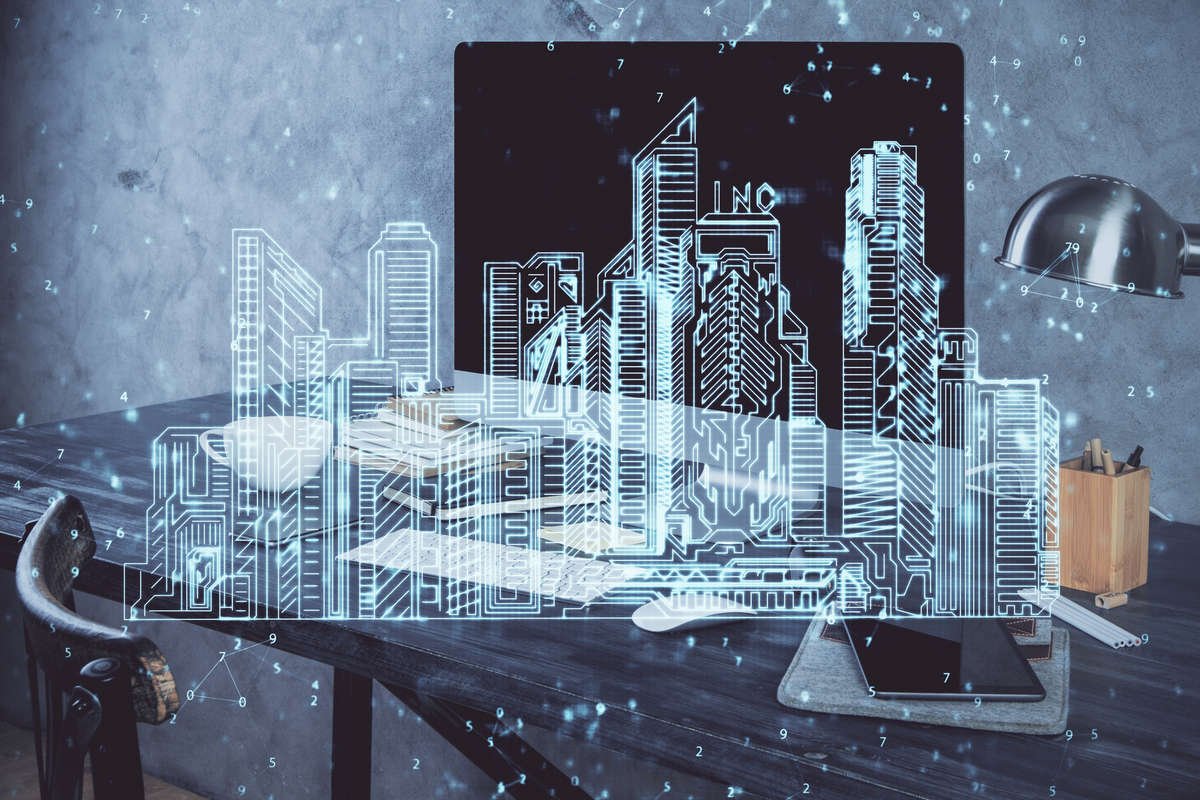We have gone beyond the simple model of technological evolution, which imagines an intelligent building solely for its ability to save energy. Now the scenario is broadening and includes benefits for the environment but also for people and the economy… let’s see how…
THE Buildings are responsible for around 40% of global energy consumption and a third of greenhouse gas emissions: this is why the concept of smart buildings which initially worked for theefficiency and energy savingthanks to sustainable materials and solutions and home automation.
In this sense the digitization this has been and will increasingly be a great opportunity for the real estate sector. In fact, he explains to us Francesco Genchigeneral manager Italy of Johnson Controlswhich today, thanks to IoT, artificial intelligence and cloud computing, it is possible to collect and analyze an unprecedented amount of data, “optimize the operation of buildings globally“.
“Smart sensors continuously monitor parameters such as temperature, humidity, air quality and energy consumption, allowing you to identify any inefficiencies in real time and intervene quickly.“. And this is very appreciated by operators in the sector.
According to a recent study by ForresterIn fact, nearly two-thirds of business leaders surveyed emphasize the importance of smart buildings in reducing costs and driving business growth.
Because we are increasingly looking for a building in which we can live well without having serious impacts on the environment. People’s sensitivity to sustainabilityespecially when approaching the purchase of a durable good like a house, is increasingly high.
There technologytherefore, in addition to improving the efficiency of the sector, today we also seek to achieve new perspectives on environmental sustainabilityto contrast climate change and the well-being of life, paving the way for buildings that are increasingly intelligent and integrated with the needs of those who live in them.
It is therefore fundamental”,rethink their life cycle, from design to management, adopting a sustainable and innovative approach» he concludes Genchi.
But how is the market evolving? How will it evolve beyond current technological development?
He responds Genchi: “Cutting-edge technological solutions play, as we have seen, a fundamental role in this context. But it is possible to take it a step further by adopting an as-a-service approach.
It is no longer just a question of purchasing technologies and integrating them with each other, but of establishing a real partnership with a specialized supplier who, in addition to the design and implementation of personalized solutions, takes care of their integration with pre-existing systems. , taking into account the specific needs of the building and sustainability objectives.
It also assumes responsibility for operational management and ordinary and extraordinary maintenance of the systems, guaranteeing their proper functioning and maximum efficiency over time.
Using advanced digital platforms, it continuously monitors key building parameters, analyzes the collected data and provides detailed reports on energy and environmental performance, suggesting possible optimization interventions.
Finally, it is committed to always keeping the solutions implemented up to date, by promoting access to the most innovative technologies and the highest standards of security and reliability.
This model, based on a monthly or annual fee, helps overcome the financial obstacles that often slow down investments in innovation, by making the most advanced technologies accessible even to companies with limited budgets.“.
Among the advantages of this approach, the second Johnson Controlsthere is the possibility of freeing up capital and improving financial planning, measuring the tangible value of the real estate investment made, having a better ease of approval of investments.
But there are also advantages at the technical level: for example overall building management is simplified have access to greater specialized skills, with constant technological updating.
Particularities which, ultimately, lead to a reduction of the environmental impact of buildingsto an improvement in the comfort and well-being of those who live there and, finally, strengthens the manufacturer’s corporate reputation.
Because ultimately, investing in the construction of an intelligent building is very important differentiator and a big advantage over the competition.
Always Forrester indeed, it highlights that those who do not invest in these technologies face operational inefficiencies (62% of the sample), a decrease in customer loyalty (59%), an increase in administrative sanctions (57% ).
Finally, this approach is important, especially from the point of view strategic point of view: Being able to analyze comprehensive and timely building data helps make effective decisions on key aspects such as safety, sustainability and facility management.
Which should otherwise be entrusted to the empirical experience of the manufacturer… Confidence is good, but having objective data is better!
Image credits: Depositphotos
